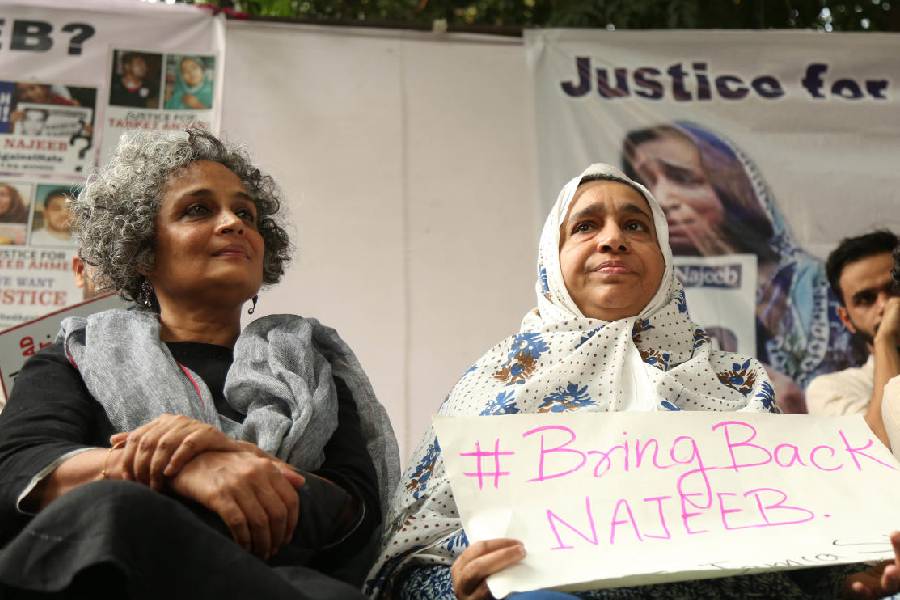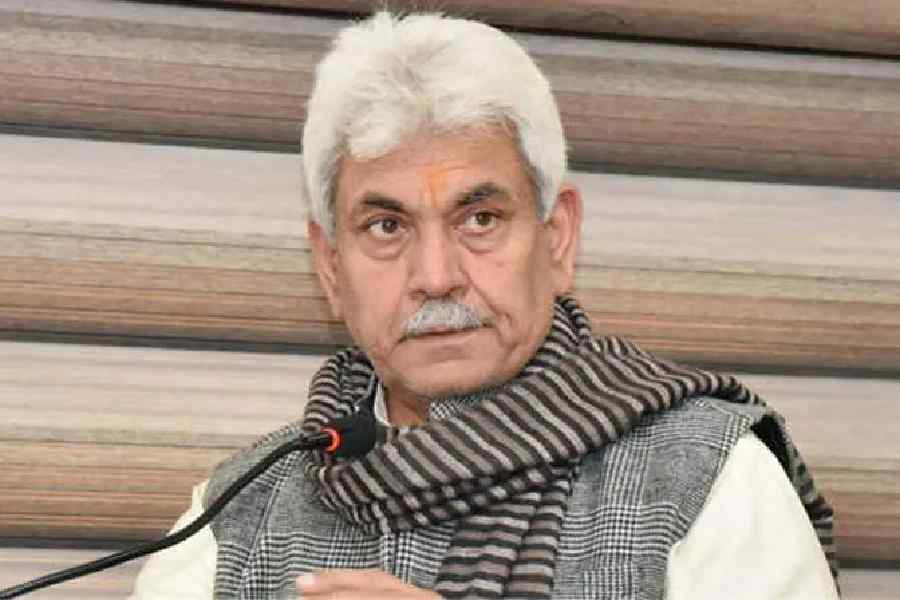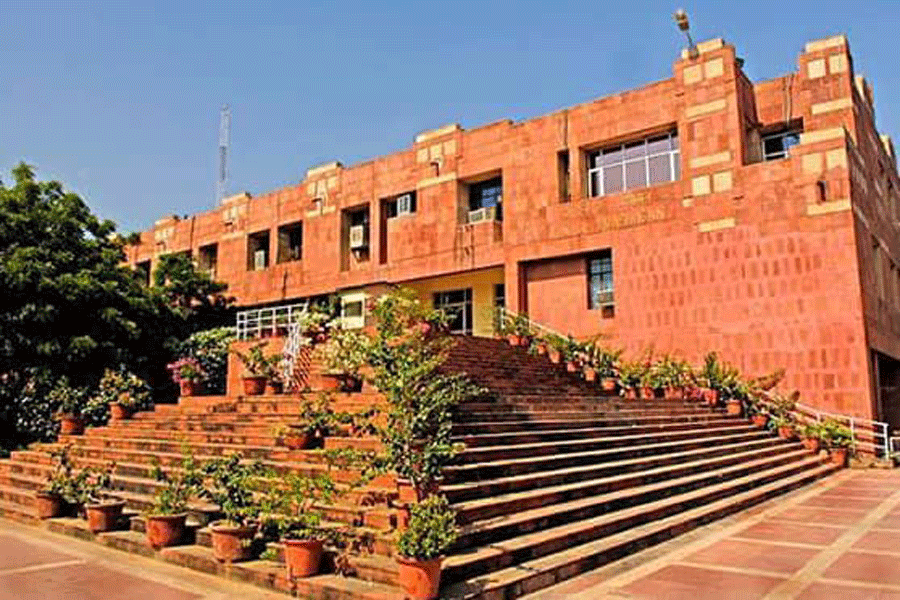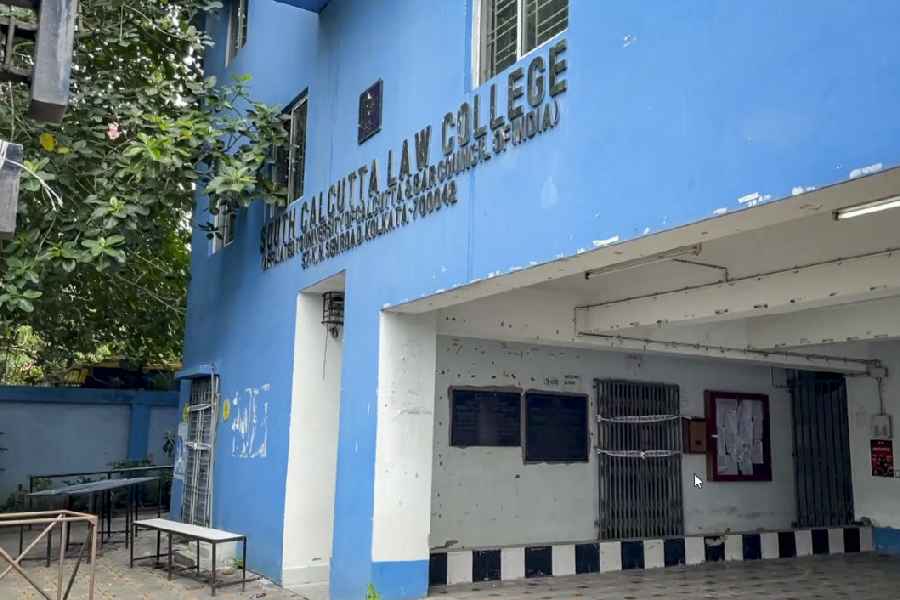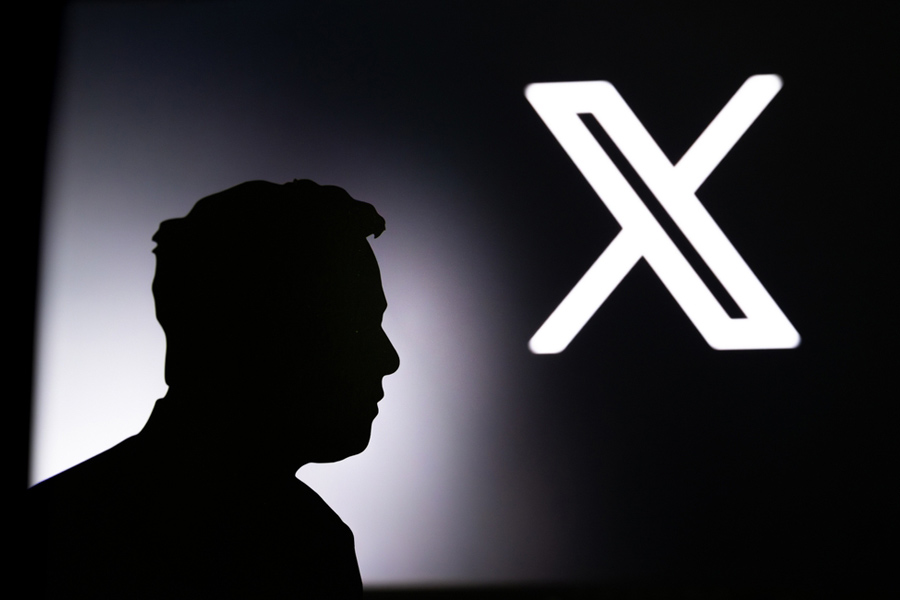 |
 |
 |
| (From top) Lithographs of writer Bankim Chandra Chattopadhyay and the Marchioness of Lansdowne (courtesy Sanjeet Chowdhury); and Nobo Coomar Biswas (picture by Anindya Shankar Ray) |
One does not usually associate a 132-year-old establishment with a website. Not in West Bengal, at least. But Calcutta Art Studio has not only survived all these years but it has also turned around into a successful printing and packaging facility catering to clients in eastern India.
The website, besides detailing the services on offer today, includes a brief history of the studio, which played a pioneering role in the production and marketing of lithographs — both chromolithographs of brilliant hues and monochromes — of Hindu deities, mythological beings and public figures of those times. The studio played a pioneering role in popularising and changing the prevailing trends in contemporary Indian art as its practitioners had been weaned on the rigorous European academic style and technique that were introduced in the art schools of Calcutta then.
The website carries several images of the lithographs — both in colour and black and white — in what it calls its “heritage” collection. Most of these are the once popular and highly visible images of Durga in her various avatars, both bloody and benign, and one of an infant Bharat or India on the lap of a young Queen Victoria being sought by its ancient white-haired mother. The studio’s address — 185/1 Bepin Behari Ganguli Street has not changed over the years. However, in the razzle dazzle of Bowbazar’s chain of gold ornament shops, the double-storeyed building housing the studio is not noticeable, being situated just off the busy road. Today the establishment is no different from any other largish modern printing press and one has to look around for signs of antiquity, if any.
Shubhojit Biswas, one of the directors of the studio, says the glass room in which “subjects” came to get themselves sketched in natural light before the drawing was transferred in reverse to a copper plate is gone. The building, which had arches in front, was remodelled in 1950, and now only the wooden staircase is a remnant from the past. No records of the great and the good who came for “sittings” exist, but Biswas says he knows that Swami Vivekananda was one of them, as the sheet of paper bearing his signature across the drawing has survived. Strangely, no print was ever taken of that, and now the paper is too brittle to be touched. There is also the ancient litho press, now in one corner near the entrance, and a small oil painting of Nabo Coomar Biswas (1849-1935), Shubhojit’s great grandfather, one of the artists trained by the great Annada Prasad Bagchi (1849-1905), who had founded Calcutta Art Studio in 1878.
Bagchi was a contemporary of Raja Ravi Varma and was born at Shikharbali village in Baruipur. In his teens he had been introduced to engraving by Nilmani Mukhopadhyay of Jorasanko, and after he joined the government school of art, he was trained in woodcuts, lithography and other engraving techniques, and was thereafter, taught oil painting by Henry Hover Locke, who headed the institution. He had travelled extensively in Orissa and later in Bodh Gaya with Raja Rajendralal Mitra and illustrated the latter’s book, Antiquities of Orissa, and did the drawings for his research on Bodh Gaya.
Bagchi along with his “best” former students Nabo Coomar Biswas, Phanibhushan Sen, Krishna Chandra Pal and Jogendranath Mukhopadhyay opened Calcutta Art Studio at its Bowbazar studio. According to Tapati Guha-Thakurta’s book, The making of a New ‘Indian’ Art, “One of the main jobs they offered to do in the new studio was to paint portraits in oil and watercolours, from life or from photographs. At this stage, the studio was also functioning partially as a photography concern,…” Art critic Pranab Ranjan Ray vouches for the use of photographs in advertisements produced by the studio. However, “Hindu Mytho-pictures” continued to be their most popular product, as there was too much competition in the field of photography.
The expensive lithographs of this studio were quite different from the woodcuts of Battala and other “bazaar” prints mass produced in Chitpur and Garanhata in north Calcutta as they were created by artists who had a sound grounding in the principles of Western academic techniques. Indeed, the artists tried to create three-dimensional figures in keeping with the Academic conventions, and male deities often resembled Apollo or characters from the Nativity, while the female deities could have been inspired either by Dresden figurines or the great classical goddesses.
After a few years, Bagchi went back to the School of Art as its headmaster, and his four students became proprietors of Calcutta Art Studio in 1879. Eventually Nobo Coomar Biswas bought all shares of the studio and its proprietorship remains confined within the family.
Although the original prints have become friable, miniature bromide prints of the old monolithographs are still there. Keshub Chandra Sen, Earl of Dufferin, Debendra Nath Tagore, Raja Rammohun, Dwarkanath Tagore, Reverend Krishna Mohan Banerjee, Radhakant Deb Bahadur, Samuel Hahnemann, Prince Albert Victor are there. The detailing in each picture, and the impression of flesh and blood reality is outstanding. Little wonder that they have become prized possessions of collectors like Sanjeet Chowdhury and Tapan Basak. Little wonder that artist Aditya Basak had organised an entire exhibition as his tribute to these prints.





